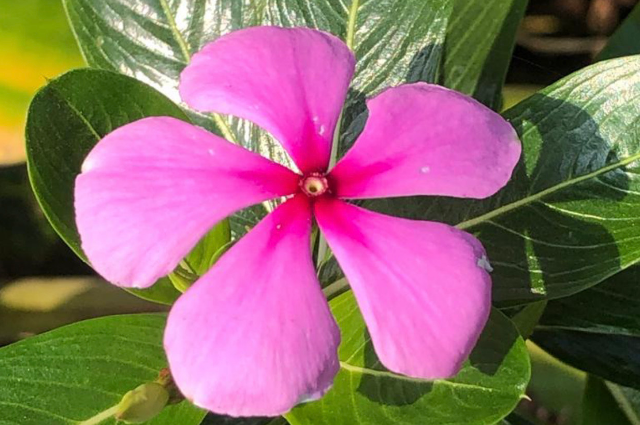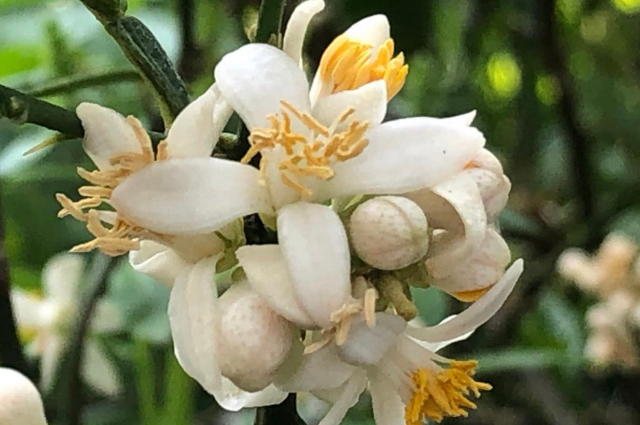
Ayurveda, the traditional medicinal system of ancient India that has long been neglected both in India and abroad. A revival of Ayurvedic practices was also noted during the British Raj as that was the most easily available medical treatment of that period. Modern medicine and treatment were restricted to our British bureaucrats, officers, soldiers and other top administrative and military top brass of that time. The Britishers realized that this much cheaper, easily accessible, traditional, and well-received medicinal treatment is an excellent alternative for the treatment of the rural Indian mass where it is challenging both in terms of logistics and funding to provide and make the modern medical system accessible and affordable for all.
Over seven-plus decades post-Indian independence; Ayurveda has seen rapid deterioration across the decades until the very recent COVID-19 pandemic. Prior to the successful commercial production of vaccines, Ayurvedic treatment and medication have stood the test of time in protecting a significant portion of the global human population from the massive onslaught of COVID-19. The entire planet has witnessed the abject failure of modern allopathic medicines and drugs in the time of need; and how simple basic Ayurvedic formulations boosted immunity to recover people from deadly viral infections.
Canada, a G7 industrial first-world nation with immense natural resources and geopolitical leverage is no different in its apathy towards Ayurveda and Ayurvedic treatment like any other advanced western democracy. But before we point fingers at Canada or any other First World countries for their socio-cultural differences; as well as their existing scientific and technological limitations for appreciating Ayurveda; we have to humbly accept the criticism that India as the founder nation has done very little or almost nothing to promote Ayurveda around the globe. Only fairly recently, the Indian Government has taken exemplary steps in promoting Ayurveda through the previously neglected AYUSH ministry under the monumental leadership of a visionary leader and a global statesman like Prime Minister Narendra Modi. The current initiatives of the Indian Government and the impact of the deadly pandemic as the cumulative force have synergistically once again placed Ayurveda as the front-runner via AYUSH both in India and abroad.
Like in other western countries, Ayurveda has rekindled interest once again in Canada big time. A carafe Canadians have become interested in Ayurvedic treatment within the country and are also showing positive interest in trying Ayurvedic formulations and medications. One of the most important concerns among the Canadian population in exclusively adopting Ayurvedic formulations has been their concern for correct dosages of the plant-based medicine provided. It is quite unfortunate that both in India and abroad, a significant part of the population is unaware of the fact that Ayurvedic medicine preparations have undergone a silent revolution. Very few people know that just like allopathic modern medicine and advanced synthetic chemical-based drug production; plant-based Ayurvedic medication is now available in correct dosages in the form of tablets, capsules, syrups, liquids, and other easily usable oral applications. These user-friendly, plant-based medications with very little or almost zero side effects are extremely effective both in boosting immunity in the body and successfully preventing the spread of pathogens inside the human bloodstream, cells, tissues, and body organs prolonging a healthy life.
Prior to the pandemic, Ayurvedic treatment meant Canadians as exciting about an opportunity to go for traditional medical tourism in Sri Lanka and Southern Indian states like Kerala, Karnataka, Andhra Pradesh, and Tamil Nadu for a weeklong or fortnightly Ayurvedic medical tourism for a full body treatment with the use of herbs, natural aromatic oils, massage, yoga, pranayam, aroma therapy, hot stone therapy, Ayurvedic spa or healthy bath in water containing neem (Azadirachta indica A. Juss; Meliaceae) and turmeric (Curcuma indica L., Zingiberaceae) or application of mixed medicinal plant paste and related applications. But more than real medical tourism it has been like an exciting workshop exploring the various approaches, treatments, and disciplines of Ayurveda in present-day India and Sri Lanka.
This practice is quite expensive for much lower middle-class and lower-income class Canadians to be able to afford. Such luxurious pleasure trips and treatments have been afforded mostly by rich and affluent Canadians or upper-middle-class Canadian citizens with high-paying government and private jobs or businesses. But it remains beyond the rich and affordability of average Canadians. Hence, it is important to bring Ayurveda to Canadians in Canada to make it more useful, affordable, and accessible to average Canadians; not just restricting it to the rich, social elites, and other privileged members of Canadian society.
In the mainstream, it is not possible to access Ayurvedic formulations over the counter in Canada without a medical prescription. Hence, it is mostly being sold here as herbal products, cosmetics, perfumery, nutraceutical, or pharmaceuticals or as body strength or immunity booster formulations abs not directly as drugs or medicines. Practicing Ayurveda is similar to practicing herbal medication or aroma therapy in Canada. The products are also not easily available in standard stores and supermarkets or malls visited by most Canadians. Medical practitioners as well as medical councils at both the provincial and federal levels have concerns regarding Ayurveda regarding the application of proper and well-defined dosage applications, the process of administration, Ayurvedic drug shelf life, Ayurvedic medical formulations and actual chemical constitution by percentage or other measurable matrices used in modern pharmacology and pharmacists, whether any constituent is allergic and due to lack of proper long term Ayurvedic treatment follow up against well-observed controls in various level of drug trials, relatable data source and lack of credible impacts of Ayurvedic treatments in modern peer-reviewed western high impact factor journals.

I think that both the Indian government as well as Ayurvedic medicine manufacturing industry needs to work together hand in hand in providing proper education and awareness to traditional western societies. These could be effectively done by organizing Ayurvedic fairs, workshops, seminars, symposia, and colloquiums organized through Indian High Commissions and Indian Embassies in foreign countries. The Ayurvedic medicine manufacturing industry together with the Ayurvedic fraternity in India needs to support, sponsor and actively participate in such interactive sessions to clear the doubts about Ayurvedic medication and treatments from the minds of average Canadians. Such initiatives need to be talked about and properly discussed with their appropriate counterparts by Indian diplomats, Ayurvedic industry members, academics, scientists, scholars, and researchers practicing abs working actively with Ayurvedic modes of treatment and proper medication.

Ayurvedic practices are still in their infancy in Canada and North America. But it has a tremendous opportunity to successfully grow as a multi-billion dollar global industry with deep stakes for India. The onus is therefore on India to grab this opportunity and work sincerely and meticulously with their Canadian counterparts to help establish Ayurvedic medication and treatment in the country. I humbly suggest all stakeholders from both countries come forward and work together on a common platform to take advantage of the situation and promote Ayurveda.
I have been advocating for quite sometime to the Indian government at my personal level and initiative to push for securing an International Day for Ayurveda with the concerned global agencies as a platform for international recognition of Ayurveda. This will add to the profile for Ayurvedic treatments abs help in the larger acceptance and adoption of Ayurvedic treatments and medication in western democracies like Canada. Regular press conferences as well as coverage of Ayurvedic treatments and medications need to appear in the mainstream Canadian newspapers, health magazines, medical reports, newsletters, bulletins, and within the operative agenda of Health Canada. It s certainly going to take some time to establish Ayurveda successfully in Canada, but the stakes and future opportunities are huge. India needs to continually hammer and propagate the importance of Ayurveda through its chains of high commissions and consulates in major big Canadian cities for active and aggressive promotion and advertisement. Through such collaborative efforts, I do see a prosperous future for official recognition Ayurvedic treatment and medications in Canada. Indian Ayurvedic researchers need to come forward in making collaborative research projects with their Canadian counterparts in conducting serious long-term studies on Ayurvedic treatments and drug formulations, particularly on detailed natural product chemistry studies abs analysis and publish them in peer-reviewed, high-impact factor international journals to drag attention and recognition of Indian Ayurveda. The path is certainly not easy but doable if we decide to work together as a team from now on with definite, identifiable, realistic goals and consistency.
